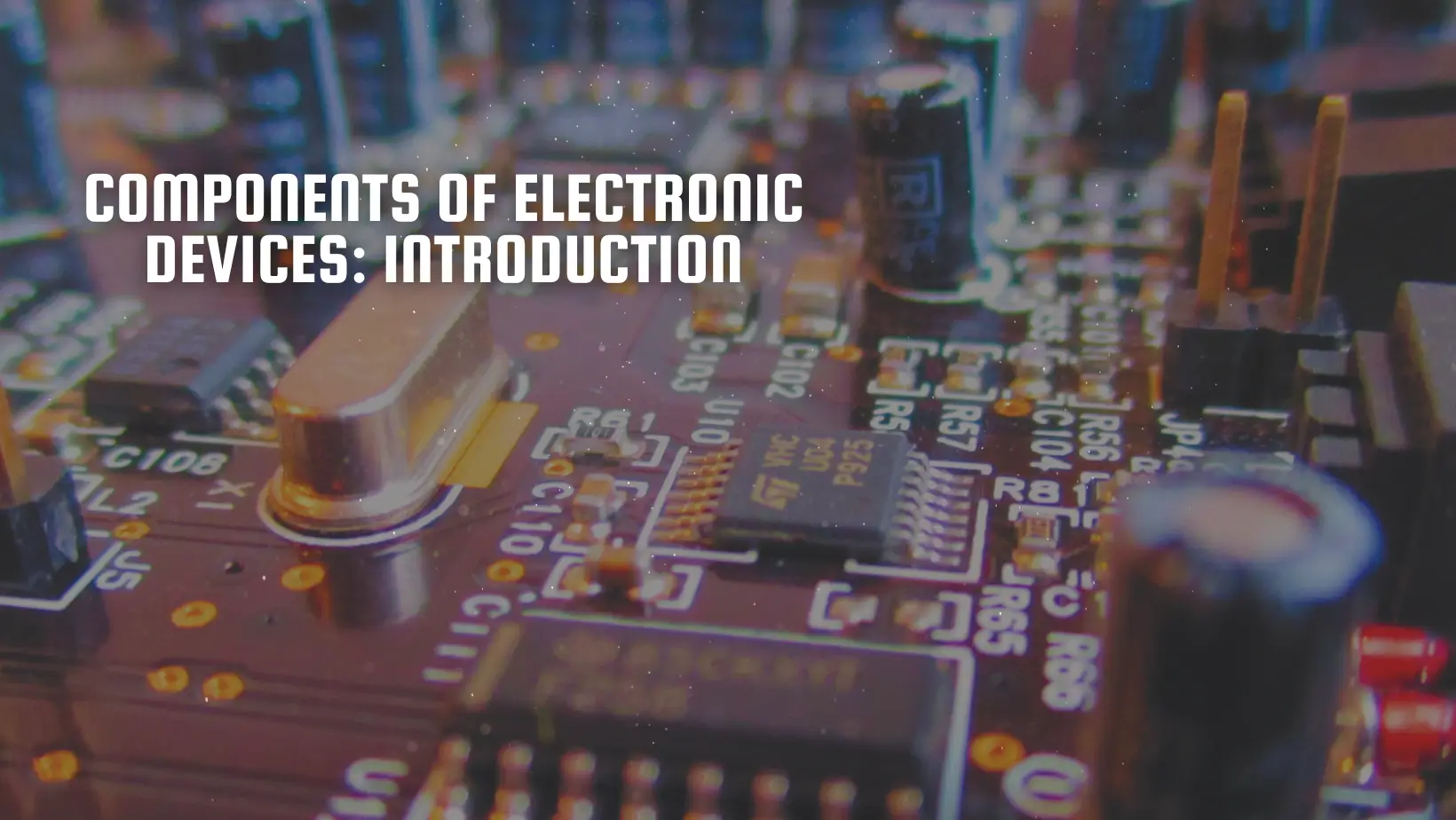An electronic component is like the building block of electronic systems! It's a fundamental discrete electronic device or physical entity that plays a crucial role in manipulating electrons or their associated fields within circuits. These components are predominantly industrial products, typically existing in singular forms. It's important to note that electronic components should not be confused with electrical elements, which are more like theoretical representations of idealized electronic components and elements.

To dive deeper into any electronic component, you can turn to its datasheet! This technical document is a treasure trove of information that outlines the component's specifications, characteristics, and performance details. It's like the blueprint that unveils the component's secrets and capabilities.
Most electronic components come with multiple electrical terminals or leads. These leads serve as connection points to link the component to other components within a circuit. It's through these meticulous connections, often made via wires, that electronic circuits are born, each designed with a specific function in mind – whether it be an amplifier, radio receiver, or oscillator.
Electronic components can be found in various packaging formats! They might be discreetly packaged, exist in arrays or networks of similar components, or be integrated within complex packages like semiconductor integrated circuits, hybrid integrated circuits, or thick film devices. This versatility allows for a wide range of applications and functionalities within electronic systems.
The world of electronic components is vast and exciting, offering endless possibilities for innovation and technological advancement. By understanding the roles and characteristics of these components, engineers and enthusiasts can unlock the potential to create groundbreaking electronic systems that shape the world around us.
Electronic devices are like puzzles made up of various components, each playing a crucial role in their functionality. Understanding the key components of these devices can help demystify their inner workings. Here are some essential components commonly found in electronic devices:
Often referred to as the brain of the device, the microprocessor executes instructions, performs calculations, and manages data flow.
Random Access Memory (RAM) stores temporary data for quick access by the CPU, while Read-Only Memory (ROM) retains essential information required for booting up the device.
The main circuit board that houses the microprocessor, memory, and other essential components, enabling them to communicate with each other.
Provides the necessary electricity to run the device, converting AC power from outlets into DC power usable by the components.
Shows the user information through visual output. Different devices may use LCD, OLED, or other display technologies.
Including keyboards, touchpads, mice, and touchscreens, these tools allow users to interact with the device and input commands or data.
Such as printers, speakers, and headphones, provide feedback or present the results of the device's operations to the user.
Components like Wi-Fi chips, Bluetooth modules, and Ethernet ports enable the device to connect to networks or other devices for communication and data transfer.
Devices often include sensors such as accelerometers, gyroscopes, GPS, and ambient light sensors to gather input from the environment and optimize user experience.
Provides portable devices with the necessary power to function when not connected to a power source.
Understanding these components can provide insight into how electronic devices function and empower users to make informed decisions about their usage and maintenance.
Components in electronic circuits can be classified into three main categories: passive, active, and electromechanic.
Passive components are defined in strict physics terms as those that cannot supply energy themselves. In contrast, active components are capable of sourcing energy and can inject power into a circuit.
When it comes to circuit analysis, electronic engineers often use a more specific definition of passivity. They may choose to ignore the DC circuit and focus solely on the AC circuit to simplify analysis. This abstraction allows for a clearer examination of signal energy without the complexity of considering power supply components like transistors or integrated circuits.
Active components, such as transistors and diodes, rely on an external source of energy (typically from the DC circuit) and can introduce power into a circuit. Passive components, like resistors and capacitors, do not introduce net energy into the circuit and cannot amplify signals.
Electromechanical components operate using moving parts or electrical connections to carry out electrical functions.
In circuit analysis, most passive components with more than two terminals can be described using two-port parameters that adhere to the principle of reciprocity. Active components with multiple terminals generally do not exhibit this property.